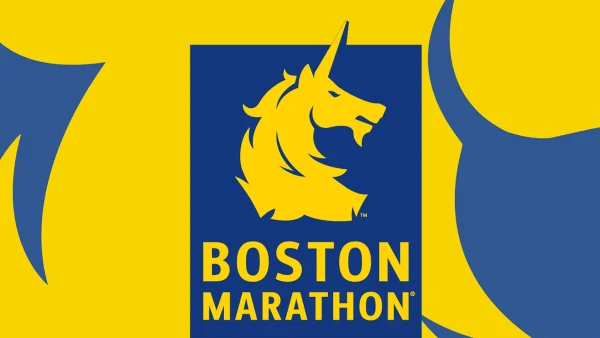Modern Tech and Cold Cases
Shows like Criminal Minds and CSI: Cyber all include the use of modern technology to stop serial killers. But the technology we have today can be used on cases from the past, as well as cases today.
In fact, cases involving Chester Turner–a man who strangled women to death–and John Wayne Gacy–most commonly known as the Killer Clown–were solved with the help of DNA tests, which were first put to use in 1985. DNA testing compares the genetics of two samples of DNA strand by mapping them. Before this was invented, police could only find the blood type of a sample of blood if they came across it. This method was pretty unhelpful because it only determined the type. This means if the sample is a common blood type, it is hard to track the person that committed the crime without further evidence linking to the accused.
This brings us to a more recently solved case. Two men were arrested on September 13, 2016, around four decades (1973) after the crime was committed. A recent investigation was brought back up and used genetics to prosecute the murderers. The DNA matched to William Harbour and Larry Patterson. The two were arrested for killing Doris Derryberry and Valerie Lane. Now the family and friends of these two girls can rest with the knowledge that the killers are being put to trial, and not running around free from persecution.
DNA testing is not just used for putting criminals behind bars; it also helps identify people and give closure to their families–whether positive or negative. One of Gacy’s victims had not been identified, so authorities asked around for leads that helped them find who this boy was. A woman told the account of her missing brother and gave DNA to them. It was placed in a database and later matched to a John Doe. A detective traced the brother’s history to San Francisco and verified it.
If you’ve ever watched Bones, you know that forensic anthropology is used to solve really old cases. While a lot of the television show is based around fictional characters and plots, bones are studied to figure out cases that have been long since ruled as impossible to solve. Trained professionals can figure out race, gender, and age by the remains of a human body and can use technology to reconstruct faces (like Angela Montenegro does on Bones). This furthers the investigation and can even help investigators find out who was murdered, how they were murdered, and when.
It is amazing what technology can do today and how it can impact so many lives in so many different ways. “[Technology] gives new information that wasn’t available at the time,” said Emma Schrock (11). Maybe in the near future solving a case will be as easy as typing in evidence and variables into a database, getting results instantly and stopping people from killing.
http://www.huffingtonpost.com/2014/06/27/cold-cases-crimes_n_5514855.html
http://content.time.com/time/nation/article/0,8599,1905706,00.html
http://www.nbcnews.com/news/us-news/how-dna-solved-36-year-old-mystery-opened-another-n432246
http://www.cbsnews.com/news/arrests-made-in-california-girls-1973-killings/







